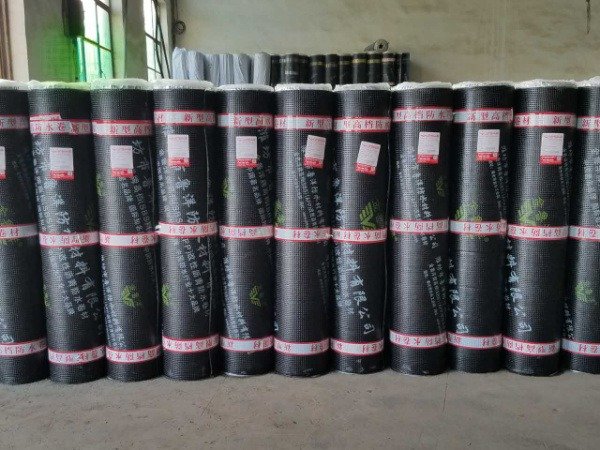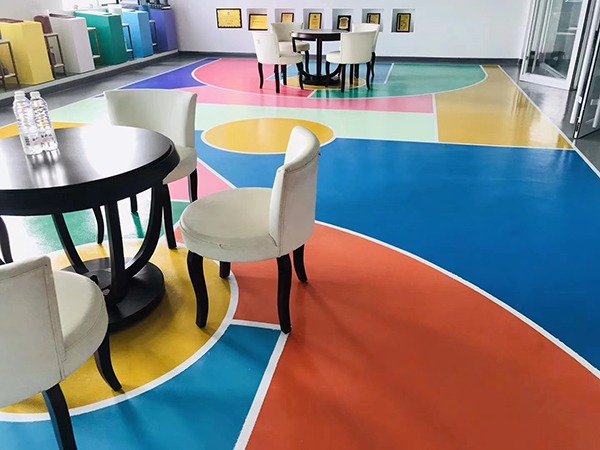Root puncture resistant waterproof membrane
描述

product description
Special root puncture resistant modified asphalt waterproofing membrane for planted roofs, specially designed for planted roofs and roof gardens. This product adopts Austria’s HERBl TECT root puncture resistant asphalt waterproofing membrane’s special technology and formula, combined with my country’s climate characteristics, to achieve the purpose of preventing root penetration of the planted roof, while retaining the original properties and characteristics of the waterproofing membrane, and is compatible with Compared with similar root puncture-resistant waterproofing membranes such as metal copper base, it has the advantages of low price, easy construction, and better waterproofing effect. It is the ideal product of choice for planting roofs and roof gardens.
Features
Domestic leading level, advocate of planted roof waterproofing membrane!
Non-toxic and odorless, prevents root penetration, unique technology!
Effectively prevents roots from penetrating joints, and its performance is superior to all similar products!
Green roof guarantees, beautifies the ecological environment, saves energy and purifies the air!
It adapts to the climate and plant characteristics of all regions in the country, and it is watertight! It is anti-erosion and anti-corrosion, and has a service life of fifty years!
product specifications
The nominal width of the coil is 1000 mm, 2OOO mm
The thickness of the coil is 4mm
The nominal length of the coil is: 1O m
Special specifications can be customized upon request.
Construction method
The construction method of waterproofing membrane is the same as that of elastic modified asphalt.
Key points of planting roof structure design
Structural layer: Cast-in-situ reinforced concrete with a strength grade of not less than C20 is suitable for the roof structural layer.
Find the slope layer: Use lightweight materials of a certain strength, ceramsite, aerated concrete, etc. The slope should be 1%-3%.
Insulation layer: Use materials with a certain strength and low thermal conductivity and low water absorption. For example, extruded polystyrene foam insulation boards, rigid foam polyurethane insulation materials, etc. can also be used, such as foam glass, with a maximum thickness of no more than 4 cm.
Leveling layer: A step that needs to be done to make a waterproof layer, and laying membrane is also required. Use a flexible waterproof layer and apply cement mortar to make it smooth, moisturizing, and conducive to maintenance. There should be no looseness, sandiness, or hollowing.
Waterproof layer: Use membranes or coatings that are environmentally friendly, water-resistant, corrosion-resistant, mildew-resistant, have excellent performance, and have strong adaptability to expansion, contraction, cracking and deformation of the base layer as the flexible waterproof layer.
Root puncture-resistant layer: The types of root puncture-resistant waterproof materials used are mainly non-toxic and non-polluting physical root-blocking membranes and chemical root-blocking membranes. We particularly recommend the JS·HERBITECT root puncture-resistant modification for planting roofs. Bitumen waterproofing membrane.
Drainage (storage) layer: A drainage and storage layer composed of a plastic drainage board, a rubber drainage board or vermiculite with a particle size of 20-50 mm is laid on the root puncture-resistant layer with a certain gap, bearing capacity and water storage capacity. , to facilitate timely removal of excess water.
Filter layer: To prevent the loss of planting soil, lay 200-250g/m2 polyester non-woven fabric on the drainage layer as a filter layer.
Green vegetation: According to the specific planting form and the thickness of the planting soil, it is either cultivated or paved into grass seedling blocks and soilless lawn blankets, or planted with planting boxes. Choose flowers, plants and trees that are suitable for local climate conditions, especially suitable for small environments, are drought and cold-tolerant, and adhere to ecological and environmental protection requirements.
The effectiveness of planted roofs
Expand the amount of urban greening and improve the urban landscape effect.
Purify the air, alleviate the heat island effect, and improve urban ecology.
Save energy and optimize urban living environment.
Protect buildings and building waterproofing materials. Economical and practical roof planting.




